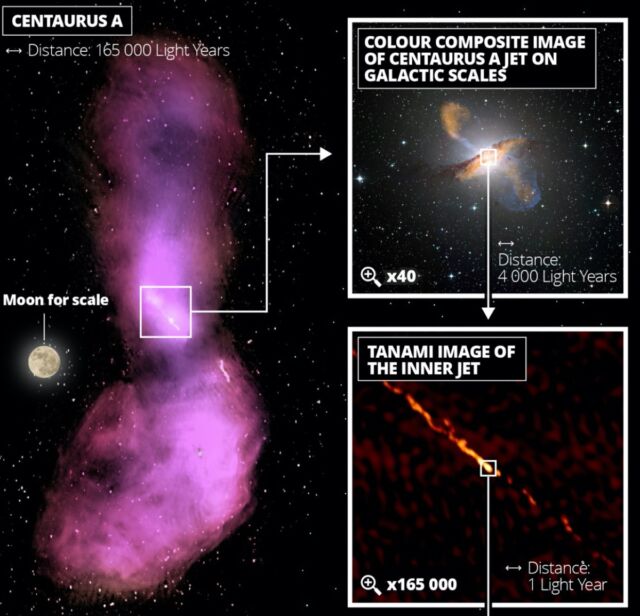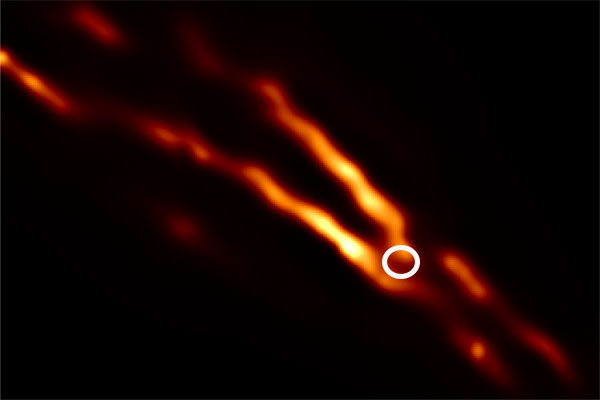
ĭong, J., Patiño, N., Xie, Y., Cárdenas-Avendaño, A. Astrophysical Journal, 925(2), Article 119. Spherical Accretion in Alternative Theories of Gravity. Astrophysical Journal, 944(1), Article 55. Jets and Rings in Images of Spinning Black Holes. Astrophysical Journal, 943(2), Article 170. The Event Horizon Telescope Image of the Quasar NRAO 530. K., Janssen, M., Ramakrishnan, V., Akiyama, K., Alberdi, A., Algaba, J. Title: Singularities of thermal correlators at strong couplingĪuthors: Matthew Dodelson (a), Hirosi Ooguri (a, b)Ī. Kavli Institute for the Physics and Mathematics of the Universe (Kavli IPMU, WPI), The University of Tokyo, Kashiwa, Chiba 277-8583, Japanī. Walter Burke Institute for Theoretical Physics, California Institute of Technology, Pasadena, CA 91125, USAĭOI: 10.1103/, S., Wielgus, M., Lico, R., Issaoun, S., Broderick, A. Though the effects we found are not strong enough to have an observable consequence on ETH’s black hole image, further research may show us a way to test string theory using black holes.” Ooguri says, “Our results show how string theoretical effects are enhanced near a black hole. Their result provides evidence that a consistent quantum gravity must contain extended objects such as strings as its degrees of freedom. When the particle travels along a nearly light-like trajectory around a black hole, the spacetime curvature leads to tidal effects, which stretch the string.ĭodelson and Ooguri showed that, if one takes these effects into account, the singularities disappear consistently with physical expectations. In string theory, every particle is considered as a particular excited state of a string.

Dodelson and Ooguri have shown that such singularities are resolved in string theory. However, there are cases when the singularities generated by trajectories winding around a black hole multiple times contradict with physical expectations. These orbits lead to singularities in the aforementioned correlation function. A photon sphere can occur in a region of a black hole where light entering in a horizontal direction can be forced by gravity to travel in various orbits. Released on April 10, 2019, the EHT Collaboration’s images captured the shadow of a black hole and its photon sphere, the ring of light surrounding it. In the case of a black hole spacetime, there are light-like trajectories winding around the black hole several times, resulting in a black hole photon sphere, as seen in the recent images by the Event Horizon Telescope (EHT) of the supermassive black hole at the center of the galaxy M87. This is a result of gravitational lensing, which describes the effect of curved geometry on the propagation of light.

In a flat spacetime, there is such a unique trajectory, but when spacetime is curved, there can be many light-like trajectories connecting two points. The correlation function develops singularities when the two points are connected by light-like trajectories. In a quantum theory of point particles, a fundamental quantity is the correlation function, which measures the probability for a particle to propagate from one point to another. Their paper was published on March 24, 2021. Kavli Institute for the Physics and Mathematics of the Universe (Kavli IPMU)Ī paper by the Kavli Institute for the Physics and Mathematics of the Universe (Kavli IPMU) Director Ooguri Hirosi and Project Researcher Matthew Dodelson on the string theoretical effects outside the black hole photon sphere has been selected for the “Editors’ Suggestion” of the journal Physical Review D.


 0 kommentar(er)
0 kommentar(er)
